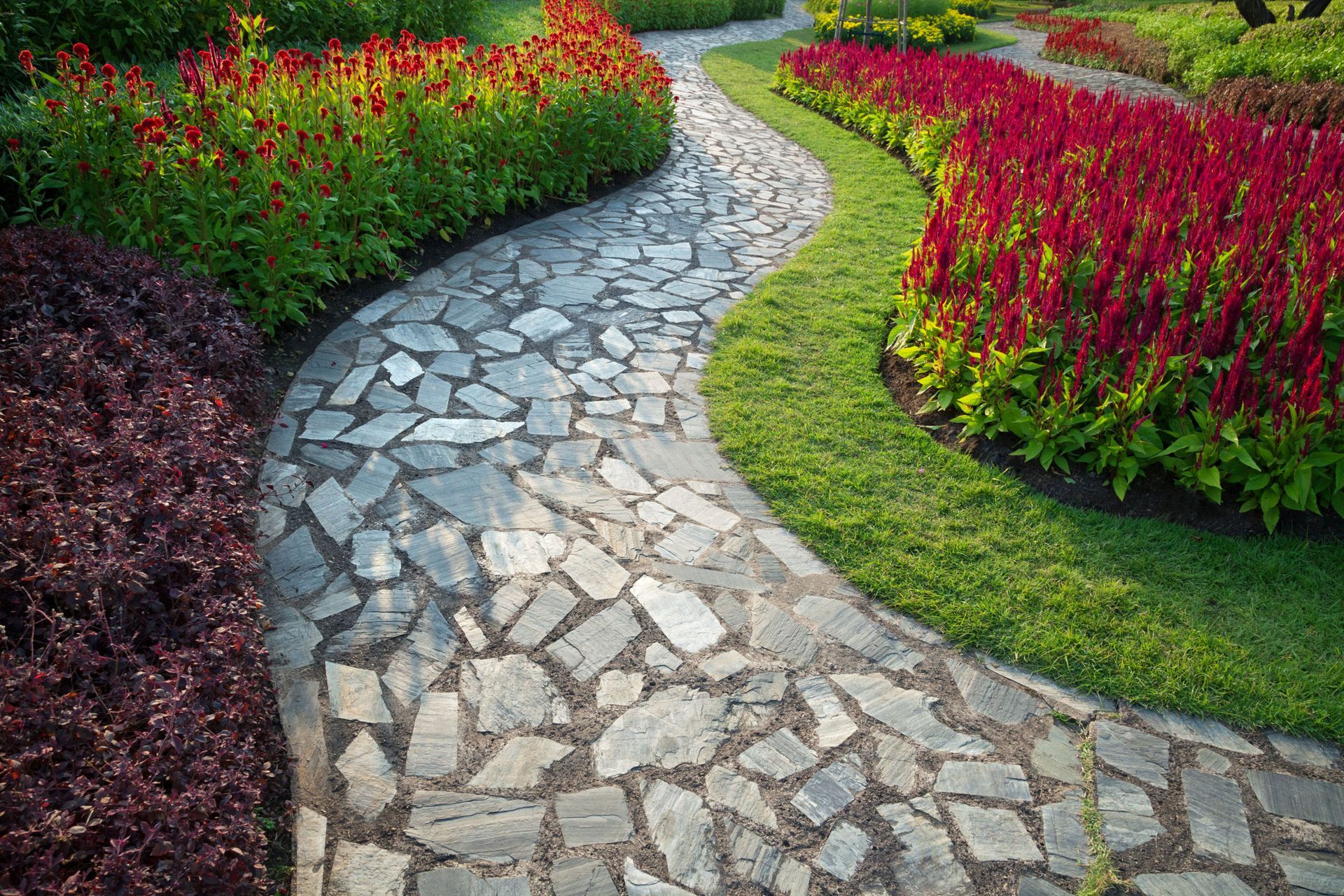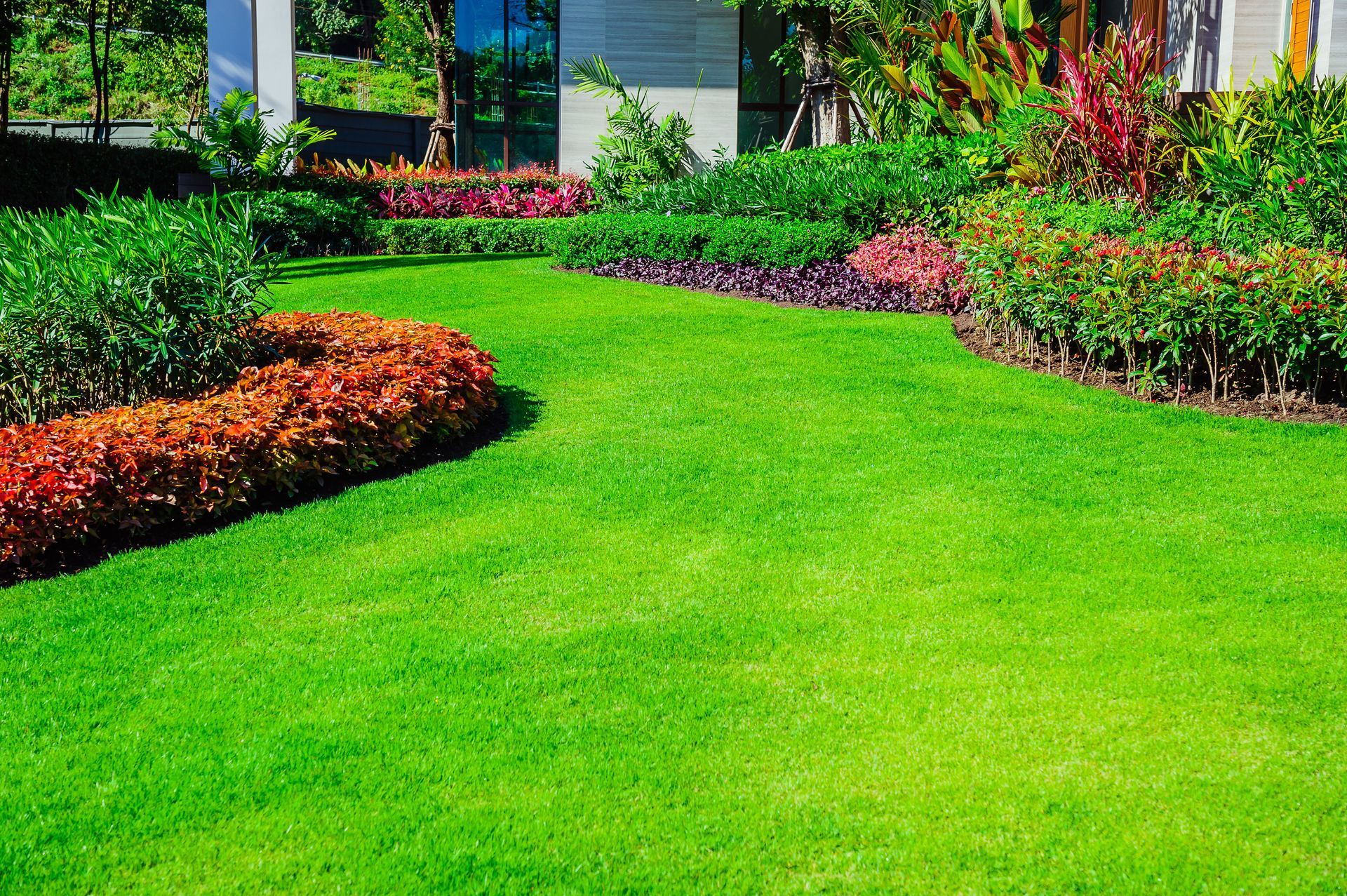What Are the Key Principles of Landscape Design?
Explore the essential principles underlying effective landscape design, a crucial and creative process that combines functionality, sustainability, and aesthetics to transform outdoor spaces. Landscape design is not merely about planting flowers or installing a path; it involves creating an appealing environment that encourages relaxation and interaction with nature. The art of landscaping integrates various elements, including plants, physical structures, colors, and textures, to bring the outdoor space to life while fulfilling intended functions. Successful landscaping captures both the personal tastes of the property owner and the environmental characteristics unique to the site. Understanding and applying key principles such as unity, balance, emphasis, rhythm, color, and simplicity will empower designers to create compelling landscapes.
Definition and Importance of Unity
Unity in landscape design refers to the sense of oneness or coherence that makes a landscape look consistent and complete. It is vital because it ensures all parts of the landscape work together to create a cohesive appearance. Unity can be achieved through consistency of character, such as using similar plants or materials to connect different areas of the landscape. Without unity, a landscape may appear chaotic or disjointed, which can be visually distracting and reduce the overall impact of the design. For this reason, designers carefully consider how each element contributes to the whole, working to seamlessly integrate diverse components. Creating harmony through repetition is a powerful tool in establishing harmony within a landscape. By using the same plant species, colors, or design motifs at regular intervals, designers can create a sense of rhythm and continuity. This repetition helps guide the viewer’s eye throughout the landscape, reinforcing the unity of the design. However, over-repetition can lead to monotony, so it's essential to balance repeated elements with variety to maintain interest. Thus, successful landscaping involves a thoughtful combination of repetition and variety to establish harmony without sacrificing engagement.
The Role of Consistency in Material and Style
Consistency in materials and style plays a crucial role in achieving unity within a landscape. By selecting materials that complement each other and reflect the architectural style of nearby structures, designers can create a seamless transition between indoor and outdoor spaces. Consistency also applies to the use of forms and shapes; curvilinear forms can soften a landscape, while geometric shapes can lend a formal quality. When the materials and styles used in a landscape are inconsistent, the result can be a disjointed and unappealing space. Therefore, careful planning is required to ensure that every element contributes to the overall unity. According to This Old House, standard lawn care maintenance services had a cost recovery of 217% in 2023, meaning homeowners recouped more than double their investment upon selling their home.
Balancing Diversity and Cohesion
While unity is essential, a landscape must also possess diversity to remain vibrant and interesting. Designers seek to balance cohesion with variety, incorporating different plant species, colors, and textures to create a dynamic environment. Diversity adds depth and interest, preventing the design from becoming monotonous. However, too much diversity can break the visual connection between areas of the landscape, disrupting unity. Thus, successful landscape design requires a strategic approach, employing diversity in a controlled way that enhances rather than hinders the intended cohesion.
Unity in Plant Selection
Plant selection is fundamental to achieving unity in landscape design. By choosing plants that share similar characteristics or complement each other, designers create a cohesive plant palette that supports the overall theme. Additionally, considering the growth habits and maintenance requirements of selected plants is essential to ensure they coexist harmoniously. Thoughtful plant selection enhances unity by fostering a sense of continuity and compatibility throughout the landscape. With the right choices, plants can function as both design elements and natural connectors within the outdoor environment.
Understanding Balance: Symmetrical vs. Asymmetrical
Balance refers to the distribution of visual weight in a landscape design, crucial for creating a sense of equilibrium. There are two types of balance: symmetrical and asymmetrical. Symmetrical balance is achieved when elements are mirrored on either side of a center line, often resulting in a formal appearance. Asymmetrical balance, on the other hand, involves different but complementing elements that bring equilibrium to the design, often creating a more dynamic and relaxed atmosphere. Both forms of balance play important roles, and the choice between them depends on the desired aesthetic and characteristics of the space.
Achieving Visual Weight Distribution
Visual weight in design is influenced by size, color, texture, and placement of elements. Larger, darker, and more textured elements tend to have more visual weight. Achieving balance involves carefully distributing visual weight either symmetrically or asymmetrically to create a unified composition. In a balanced landscape, no single area dominates the scene without intention. Proper distribution of visual weight is crucial to guide the eye naturally and comfortably through the landscape.
Importance of Scale and Proportion
Scale and proportion are critical concepts in landscape design, describing the size of an element relative to other elements and the overall space. Appropriate scale and proportion ensure that all elements harmonize within the landscape, enhancing both functionality and aesthetic appeal. For instance, large statues or trees can overpower small spaces, while delicate features can get lost in expansive landscapes. Designers must carefully evaluate scale and proportion to avoid mismatched components that disrupt visual balance. Attuned arrangements enhance both the experience and functionality of the outdoor space.
Designing for Spatial Balance
Spatial balance involves the arrangement of elements to create optimal use and flow within a landscape. This requires a thoughtful understanding of how people will interact with and use the space. Ensuring spatial balance means allocating adequate areas for movement, rest, and activity to achieve a well-proportioned setting. Strategic placement of hardscape and softscape elements achieves functionality and a comfortable environment. Such careful design considerations enhance user experience and contribute to the outdoor area's invitation and accessibility.
Color and Texture in Balance
Color and texture play significant roles in achieving balance within a landscape. Bright colors and coarse textures attract attention and thus possess greater visual weight, needing careful management to avoid imbalance. By using a mix of colors and textures, designers can effectively direct focus and enhance the depth of the landscape. Contrasting elements must be used judiciously to maintain overall harmony and prevent overwhelm. Planning with an understanding of these principles ensures a dynamic and visually appealing design.
Identifying Key Elements for Emphasis
Identifying key elements for emphasis is fundamental in guiding the viewer's gaze to important aspects of the landscape. Focal points such as sculptures, water features, or unique plants help achieve this by serving as anchors within the overall design. These elements capture attention and convey a sense of hierarchy, enhancing the landscape’s visual storytelling. Without clear emphasis, the landscape may appear flat and lack interest. Well-chosen focal points enhance the overall experience, providing depth and context. Landscape design combines artistic creativity with practical planning.
Understanding and applying these key principles can transform outdoor areas, creating harmonious, balanced, and aesthetically pleasing environments that serve both functional needs and personal tastes. By emphasizing unity, balance, emphasis, rhythm, color, simplicity, and functionality, designers craft landscapes that enhance both the visual and experiential qualities of a space. Furthermore, thoughtful integration of these principles not only beautifies environments but also impacts economic, ecological, and personal well-being. Landscapes thus become powerful expressions of harmony between nature, design, and human interaction. Do you need any landscaping services for your property? Call or text Superior Outdoor Expressions today!





Share On: